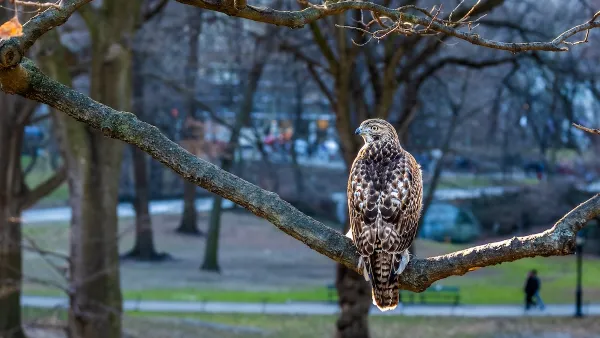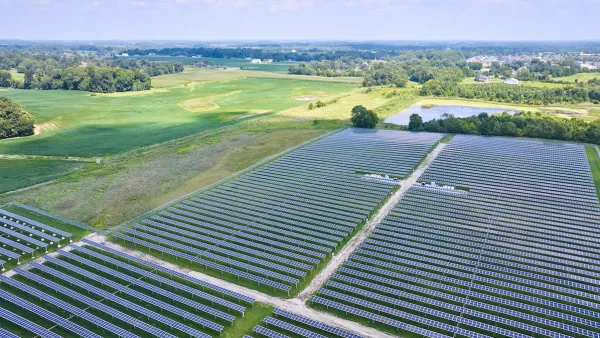A recent study concludes that investment in wildlife refuges leads to economic rewards.
Focusing on the Northeast, Southeast and California-Nevada regions, "a recent study [PDF] by North Carolina State University researchers for the U.S. Fish and Wildlife Service found that metro-area homes near wildlife refuges are worth more than those farther away from these havens." The increases in property values are substantially higher than that of properties in close proximity to open spaces such as parks, which averaged a paltry 2.8% increase. Properties close to wildlife refuges in the Southeast region, for example, saw a 7-9% increase in property values.
Furthermore, the economic benefits reported by the study fail to take into account the substantial tourist spending generated by these refuges. The New York Times points out that "34.8 million visits to American wildlife refuges in fiscal 2006 generated $1.7 billion in sales, nearly 27,000 jobs and $542.8 million in employment income in regional economies."
With refuges under threat of sale and development from House Republicans, this new data may be their saving grace. Communities surrounding refuges reap rewards in employment and income; thus the refuges provide a haven not only for its creatures and plants, but also for the people who live and work nearby. Armed with this information, those more economically inclined may decide that the preservation of these refuges can effectively ensure positive economic outcomes.
FULL STORY: Wildlife Refuges Are Economic Engines

National Parks Layoffs Will Cause Communities to Lose Billions
Thousands of essential park workers were laid off this week, just before the busy spring break season.

Retro-silient?: America’s First “Eco-burb,” The Woodlands Turns 50
A master-planned community north of Houston offers lessons on green infrastructure and resilient design, but falls short of its founder’s lofty affordability and walkability goals.

Delivering for America Plan Will Downgrade Mail Service in at Least 49.5 Percent of Zip Codes
Republican and Democrat lawmakers criticize the plan for its disproportionate negative impact on rural communities.

Test News Post 1
This is a summary

Test News Headline 46
Test for the image on the front page.

Balancing Bombs and Butterflies: How the National Guard Protects a Rare Species
The National Guard at Fort Indiantown Gap uses GIS technology and land management strategies to balance military training with conservation efforts, ensuring the survival of the rare eastern regal fritillary butterfly.
Urban Design for Planners 1: Software Tools
This six-course series explores essential urban design concepts using open source software and equips planners with the tools they need to participate fully in the urban design process.
Planning for Universal Design
Learn the tools for implementing Universal Design in planning regulations.
EMC Planning Group, Inc.
Planetizen
Planetizen
Mpact (formerly Rail~Volution)
Great Falls Development Authority, Inc.
HUDs Office of Policy Development and Research
NYU Wagner Graduate School of Public Service





























